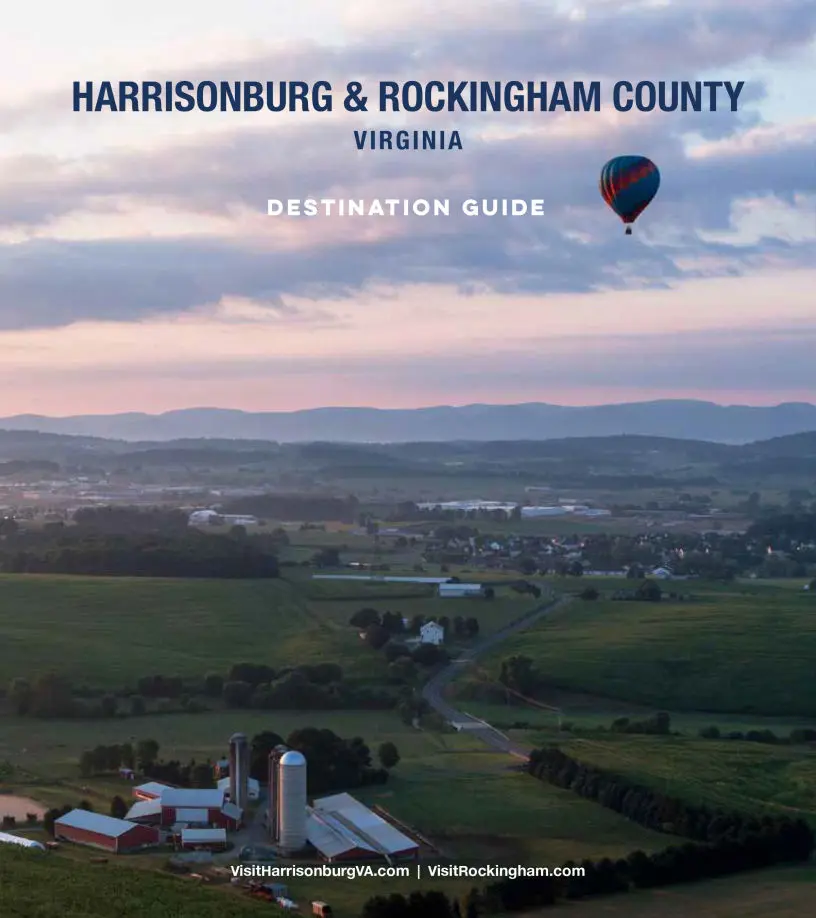Exploring Our Community
Harrisonburg, Virginia, nestled in the heart of the breathtaking Shenandoah Valley, offers an unparalleled blend of natural beauty, cultural richness, and economic vitality. As you fly over this picturesque city, you'll be greeted by a stunning tapestry of lush farmlands, rolling hills, and the majestic Blue Ridge Mountains on the horizon. The city is cradled between the Blue Ridge Mountains to the east and the Allegheny Mountains to the west, providing a backdrop of natural splendor that changes with the seasons.
Located in the Mid-Atlantic region of the United States, Harrisonburg is part of Virginia's Shenandoah Valley, known for its scenic beauty and rich history. The city has earned national recognition for its exceptional quality of life, being ranked as one of the best places to live by U.S. News & World Report. Affectionately known as "The Friendly City," Harrisonburg lives up to its moniker with a warm, welcoming community that embraces newcomers with open arms.
Harrisonburg boasts a fascinating blend of history and modernity. Founded in 1779, the city has played a significant role in American history, from the Revolutionary War to the Civil War. Today, it's home to James Madison University, a nationally recognized institution that brings a vibrant, youthful energy to the community. The city's downtown, a Virginia Main Street Community, is a testament to successful urban renewal, offering a perfect mix of historic charm and contemporary amenities.
Nature enthusiasts will find paradise in and around Harrisonburg. The city serves as a gateway to the stunning Shenandoah National Park, just a short drive away. This natural wonder offers over 200,000 acres of protected lands, featuring the famous Skyline Drive, hundreds of miles of hiking trails, and diverse wildlife. The George Washington National Forest, also nearby, provides additional opportunities for outdoor recreation, including hiking, camping, fishing, and wildlife viewing.
Harrisonburg enjoys a pleasant four-season climate, with an average of 217 sunny days per year. Winters are relatively mild, while summers are warm but not oppressively hot, making it ideal for year-round outdoor activities. Spring brings a burst of colorful blooms, and fall paints the surrounding mountains in a breathtaking array of reds, oranges, and golds.
The city's economy is diverse and robust, anchored by education, healthcare, agriculture, and a growing technology sector. Major employers include James Madison University, Sentara RMH Medical Center, and several innovative tech companies and startups. This economic diversity ensures stability and provides ample opportunities for professional growth and advancement.
Harrisonburg's strategic location puts it within easy reach of major urban centers. Washington D.C. is just a 2.5-hour drive away, offering easy access to world-class cultural institutions, international airports, and the seat of the federal government. Richmond, the state capital, is also within a 2-hour drive. For air travel, Shenandoah Valley Regional Airport is just 15 miles away, while Washington Dulles International Airport, about 2 hours away, offers numerous non-stop flights to destinations worldwide.
People are drawn to Harrisonburg for its unique combination of small-town charm and big-city amenities. The city offers a high quality of life with excellent schools, affordable housing, low crime rates, and a strong sense of community. Its cultural diversity, evident in its international restaurants, festivals, and community events, adds a cosmopolitan flair to the friendly, small-city atmosphere.
For physicians considering relocation, Harrisonburg offers an ideal setting to build a rewarding career while enjoying a balanced, fulfilling lifestyle. The combination of professional opportunities at top-notch medical facilities, the natural beauty of the Shenandoah Valley, and the warm, welcoming community make Harrisonburg an exceptional place to call home.
